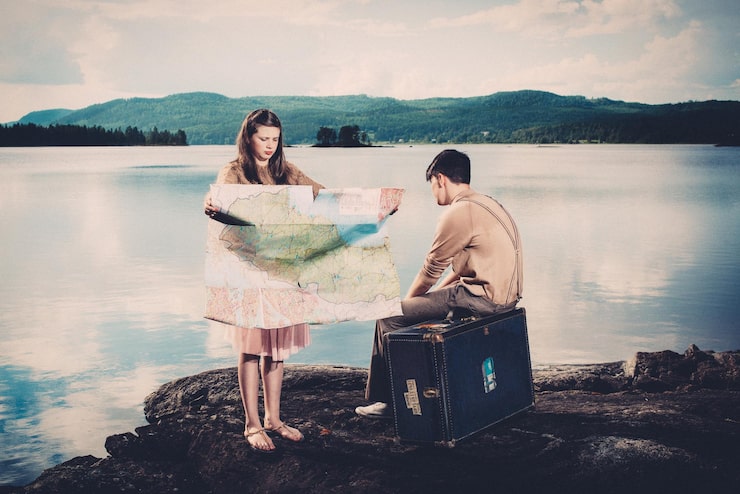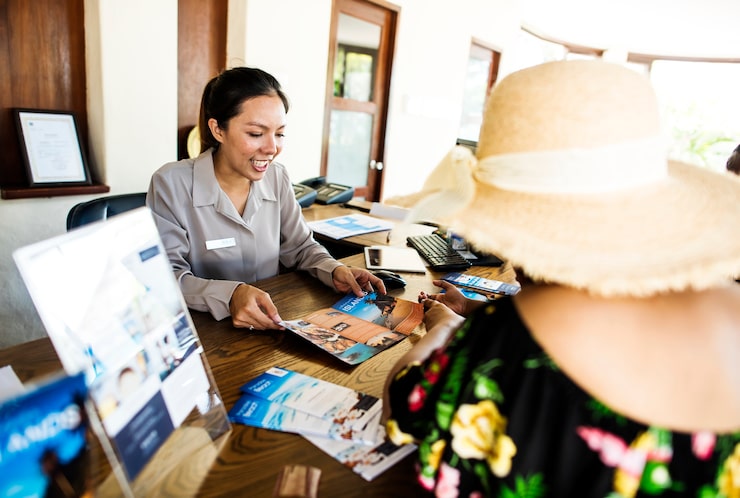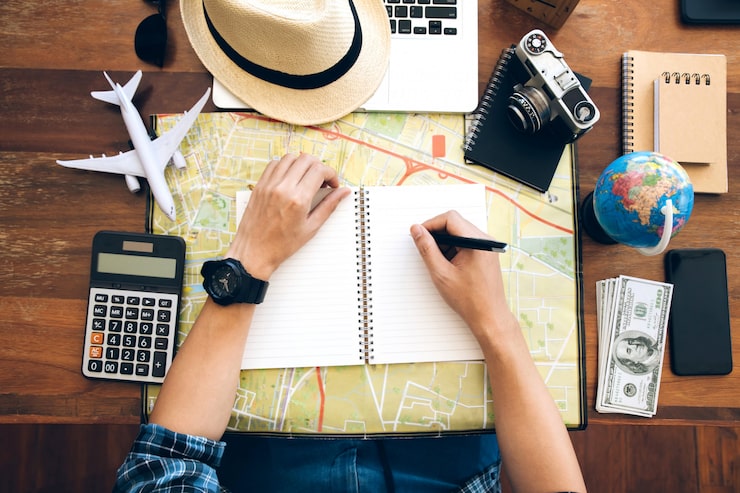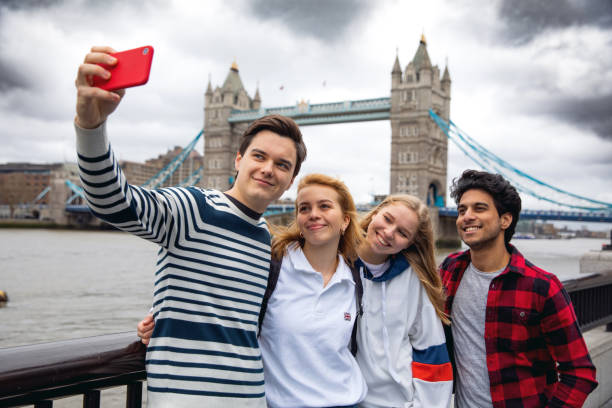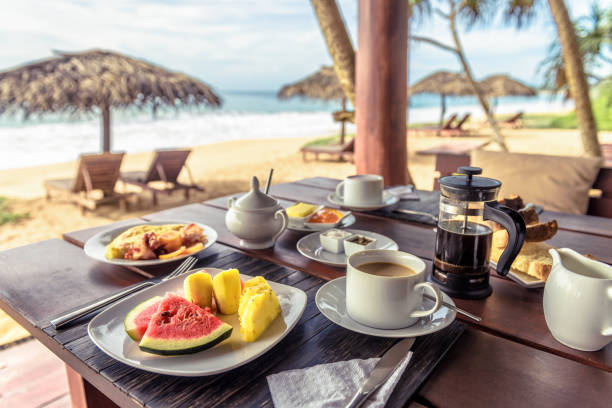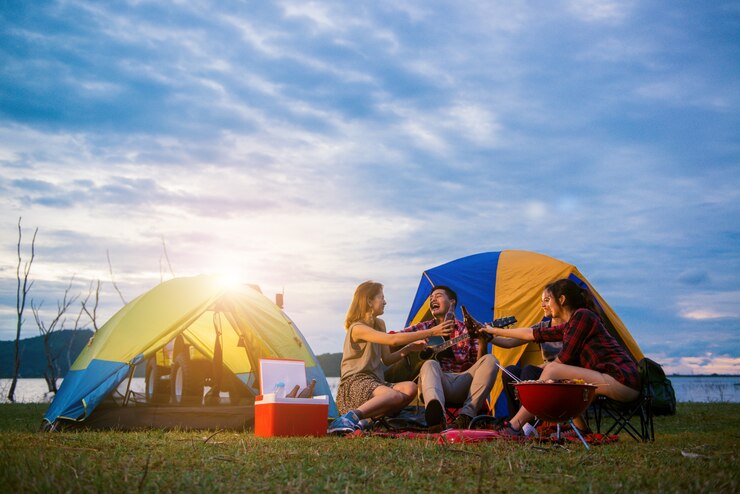When it comes to travel, the internet is flooded with tips and itineraries that can make the whole process feel overwhelming. But the real magic of travel isn’t just about checking boxes—it’s about discovering places, people, and parts of yourself. Whether you’re jetting off solo or planning a family vacation, this travel guide is designed to help you simplify the process and enhance the experience.
Let’s break away from the over-planning and lean into smarter, more meaningful ways to travel.
Why a Good Travel Guide Matters?
A thoughtfully crafted travel guide is more than just a list of tourist spots. It’s your roadmap to immersive, stress-free experiences. It helps you travel smarter, save money, and avoid common mistakes, while giving you room to be spontaneous.
What Makes a Travel Guide Valuable?
- Local insights beyond the usual tourist spots
- Cultural etiquette to help you blend in, not stand out
- Flexible planning tools so you’re not glued to a schedule
- Budget tips that don’t sacrifice experience
Travel should feel like freedom—not a chore. A great guide keeps you grounded but open to the unexpected.
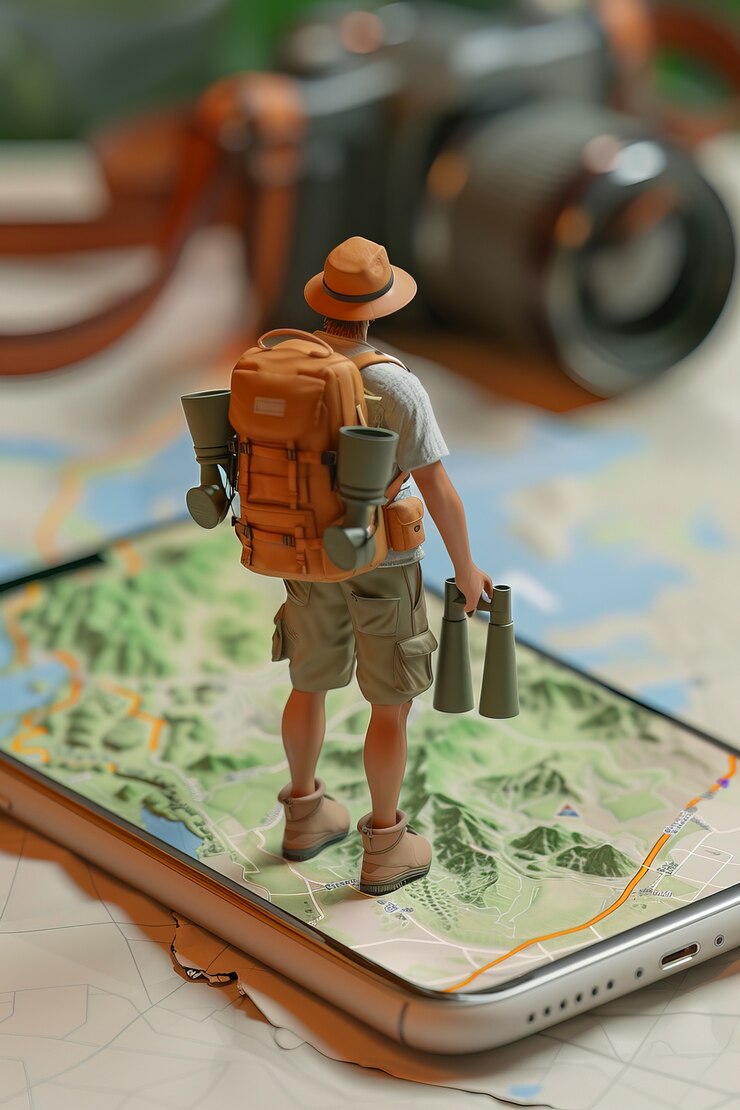
Planning: Less Itinerary, More Intention
Let’s face it: over-scheduling can suck the joy out of even the most exotic destination. The first step in creating a better travel experience is learning how to plan intentionally.
Travel Planning Tips:
- Pick a theme, not a checklist
Love food? Prioritize markets, cafes, and local cooking classes over museums.
- Research with flexibility in mind
Learn about popular spots, but keep a half-day open for spontaneous exploring.
- Book key items only
Flights, accommodations, and 1-2 major attractions. Leave room for the rest to unfold.
- Use travel apps wisely
Download offline maps (like Google Maps or Maps.me), currency converters, and local transit guides.
An intentional travel guide helps you experience your destination, not just photograph it.
Packing: Travel Light, Live Large
What you pack can shape how you feel during the trip. Overpacking leads to stress and heavy lifting. Under packing leaves you unprepared. The goal? Smart essentials.
Smart Packing List (Always Customizable):
- 2–3 versatile outfits (neutral colors, quick-dry fabric)
- A small first-aid kit (Band-Aids, meds, antiseptic)
- Power bank and travel adapter
- Reusable water bottle
- Local SIM or eSIM for data (especially for solo travelers)
Less stuff means more freedom. Choose gear that helps you stay agile, not bogged down.
Navigating Local Culture and Customs
Respecting a place is key to connecting with it. One of the most underrated pieces of advice in any travel guide is to learn basic local customs.
Cultural Tips to Travel Respectfully:
- Learn a few phrases in the local language
- Observe dress codes, especially in religious or rural areas
- Be mindful of local tipping practices
When you make the effort to understand, you move from being a tourist to becoming a respectful guest.

Travel Safety: Smart, Not Scared
While the world is largely safe, it always pays to be prepared. Think of safety as part of your adventure kit—not fear, just wisdom.
Quick Safety Checklist:
- Keep emergency numbers and local embassy contacts saved
- Avoid flashing valuables in public spaces
- Stay aware of common travel scams in the area
- Trust your instincts—if it feels off, walk away
Your travel guide should empower you to explore boldly while staying safe.
Conclusion:
Travel is about collecting moments, not miles. The perfect travel guide doesn’t pack your days—it creates space for presence. It teaches you to navigate new places with open eyes, open hearts, and full awareness.
In the end, the best journeys are the ones that change you. They show you that the world is wider, kinder, and far more magical than your screen suggests.
So, plan smart. Pack light. Stay curious. And remember it’s not about how many places you’ve been—it’s about how deeply you experience them.




